The US economy is experiencing a significant shift in wholesale prices, with the latest data revealing a sharp decline in April. According to the Bureau of Labor Statistics (BLS), the Producer Price Index (PPI), a key measure of wholesale inflation, dropped by 0.5% in April compared to the previous month. This marks the largest monthly decrease since the onset of the Covid-19 pandemic, highlighting the profound impact of tariffs on profit margins.
On an annual basis, inflation slowed to 2.4% in April, down from March's revised figure of 3.4%. Economists had anticipated a 0.2% monthly increase and a 2.4% annual rate, according to FactSet. The significant downward revision in March's data, from an initial estimate of a 0.4% monthly decline and a 2.7% annual rate, underscores the volatility and unpredictability of current economic conditions.
A primary driver behind the monthly decline was a 1.7% plunge in trade services, a category that measures gross margins for wholesalers and retailers. This category's sharp downward swing indicates that companies' profit margins are being eroded by higher costs resulting from President Donald Trump's tariffs, according to Joe Brusuelas, chief economist at RSM US. "We are beginning to see the impact of trade policy filtering into the hard data in such a way that it’s impossible to deny that it is now affecting revenues and profit margins for firms," Brusuelas said. These higher costs are likely to be passed on to consumers, potentially exacerbating inflationary pressures.
Consumer spending, a critical component of the economy, is already showing signs of strain. US retail sales slowed sharply in April, growing by only 0.1% after a 1.7% surge in March when shoppers rushed to make purchases ahead of new tariffs. This slowdown suggests that consumers are becoming more cautious, possibly due to economic uncertainty and the anticipation of higher prices.
Federal Reserve Chair Jerome Powell also sounded a note of caution on Thursday, warning that "supply shocks" could force the central bank to maintain higher interest rates over the long term. "We may be entering a period of more frequent, and potentially more persistent, supply shocks—a difficult challenge for the economy and for central banks," Powell said. He noted that "inflation could be more volatile going forward than in the inter-crisis period of the 2010s."
The latest Consumer Price Index (CPI) data released on Tuesday showed that overall inflation cooled further for goods and services commonly purchased by Americans. However, some economists attribute this softening to weaker demand rather than a genuine easing of price pressures. Trump's tariffs are widely expected to make items more expensive in the coming months, driving inflation higher.
The PPI report, which serves as a potential bellwether for retail-level inflation, is starting to reflect these pressures. On the surface, the April PPI report appeared to show a welcome decline in key areas, notably energy and food. Egg prices, for instance, dropped 39.3% in April after falling 21.3% in March. Excluding food and energy, which can be volatile, core PPI also showed some softness, largely due to the significant negative swing from trade services. Prices fell 0.4% for the month, and annual inflation slowed to 3.1% from 4%.
Despite these seemingly cool readings, tariffs are making their mark. Chris Rupkey, chief economist at FwdBonds, noted that goods prices are picking up. Stripping out food and energy, prices for goods have been steadily rising. After posting a 0.1% increase in December, the category rose 0.2% in January, 0.3% in February and March, and 0.4% in April. The 0.4% increase is the fastest monthly inflation for that category in more than two years, according to BLS data. "It looks like some of the fears of what is going to happen from these import tariffs is becoming a reality, and that is goods prices going up," Rupkey said. "That’s a worrisome sign for inflation down the road, meaning it could be only a couple of months away."
On Thursday, Walmart, the world’s largest retailer, confirmed that it will start raising prices at its stores later this month due to the tariffs. "We will do our best to keep our prices as low as possible," Walmart CEO Doug McMillon said on an earnings call. "But, given the magnitude of the tariffs, even at the reduced levels announced this week, we aren’t able to absorb all the pressure given the reality of narrow retail margins." The higher tariffs will result in higher prices, he said.
This situation underscores the broader economic challenges posed by tariffs and trade uncertainty. While the immediate decline in wholesale prices might seem beneficial, the underlying pressures from tariffs are likely to lead to higher costs for consumers in the near future. The Federal Reserve and policymakers will need to closely monitor these trends, as they could have significant implications for inflation, consumer spending, and overall economic growth.
The sharp drop in US wholesale prices in April, driven by significant declines in trade services, highlights the impact of tariffs on profit margins and the potential for higher consumer prices. As retailers like Walmart prepare to pass on these increased costs to consumers, the economy faces a period of uncertainty and potential inflationary pressures. Policymakers and businesses must navigate these challenges carefully to mitigate the long-term impact on the economy and consumers.

By Laura Wilson/May 16, 2025
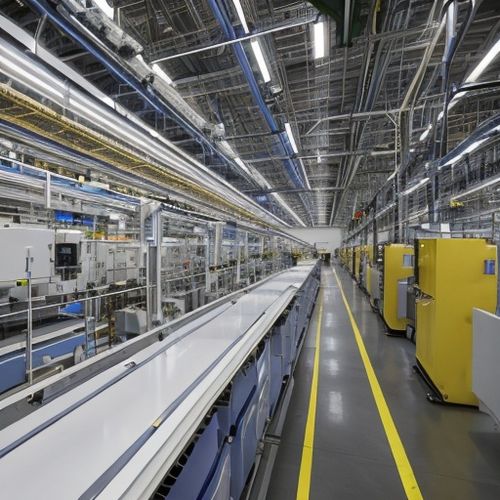
By Michael Brown/May 16, 2025
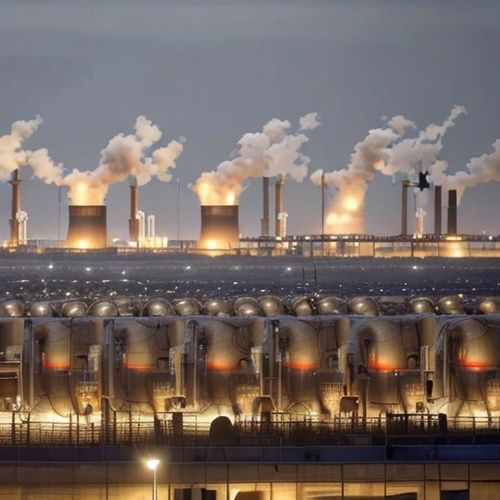
By Elizabeth Taylor/May 16, 2025

By Sophia Lewis/May 16, 2025
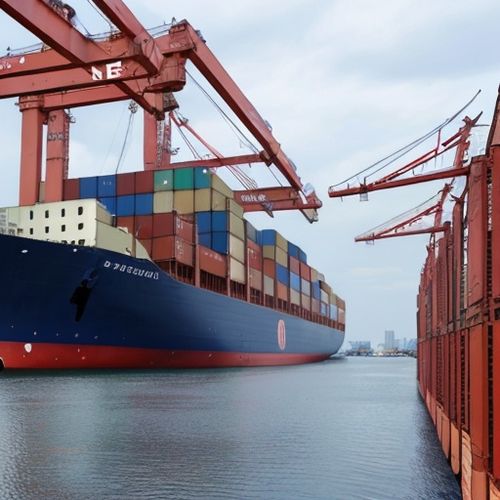
By Noah Bell/May 16, 2025

By Joshua Howard/May 16, 2025
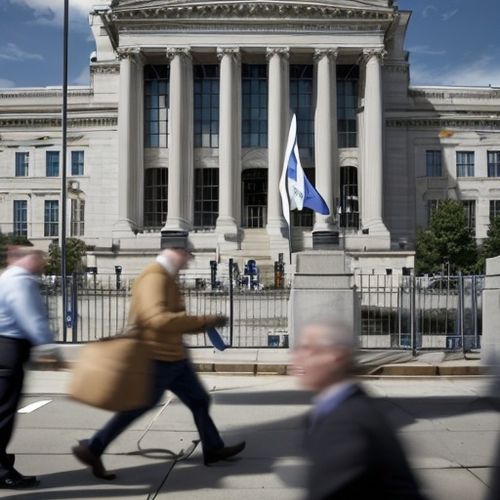
By John Smith/May 16, 2025

By Laura Wilson/May 16, 2025

By Benjamin Evans/May 16, 2025
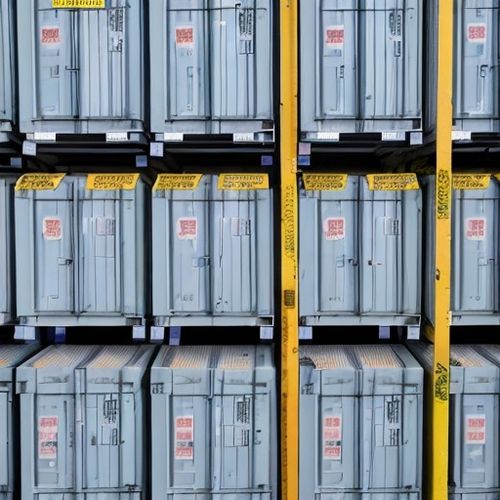
By Michael Brown/May 16, 2025
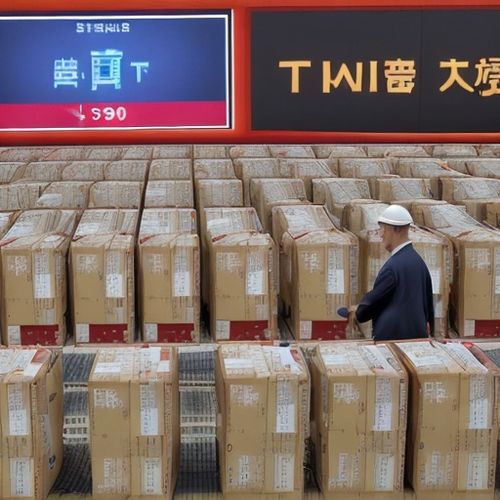
By Sarah Davis/May 16, 2025
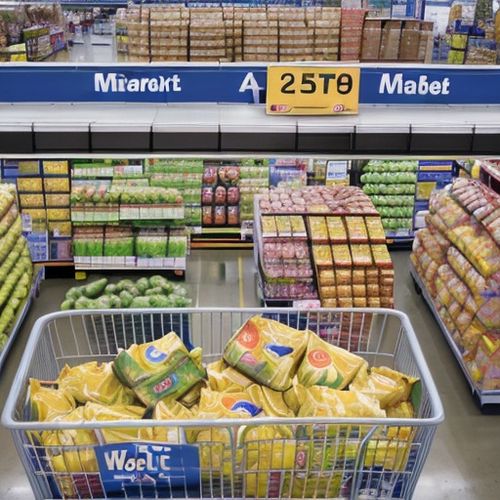
By William Miller/May 16, 2025

By Sarah Davis/May 16, 2025
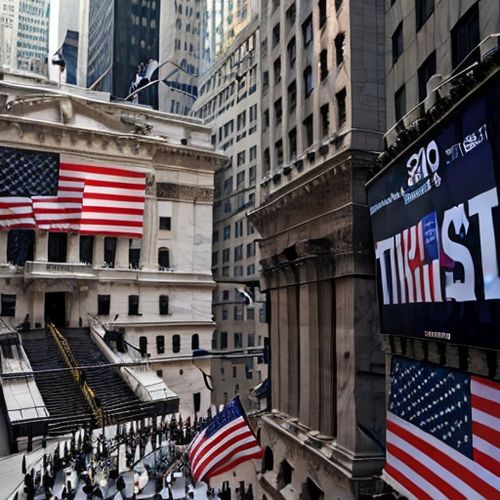
By Benjamin Evans/May 16, 2025

By Rebecca Stewart/May 16, 2025

By Natalie Campbell/May 16, 2025

By Lily Simpson/May 16, 2025
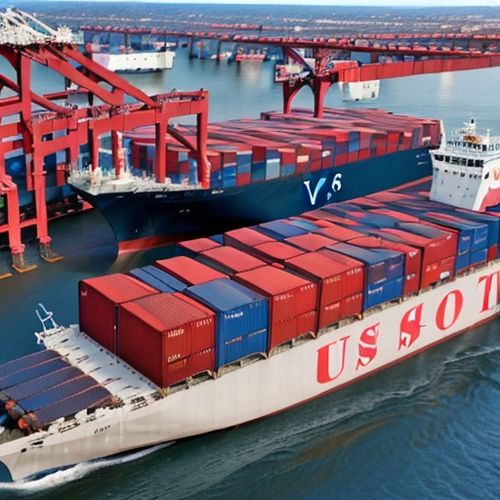
By Olivia Reed/May 16, 2025

By Olivia Reed/May 16, 2025

By Elizabeth Taylor/May 16, 2025